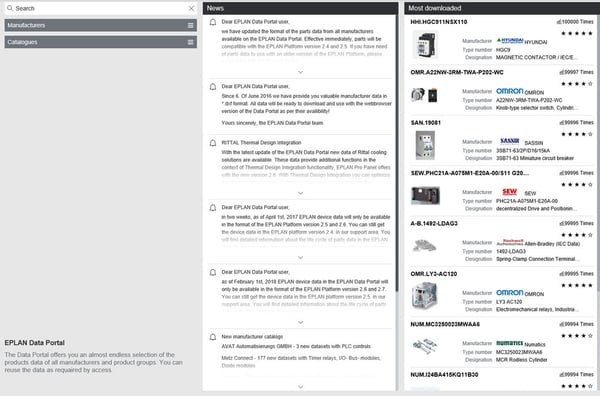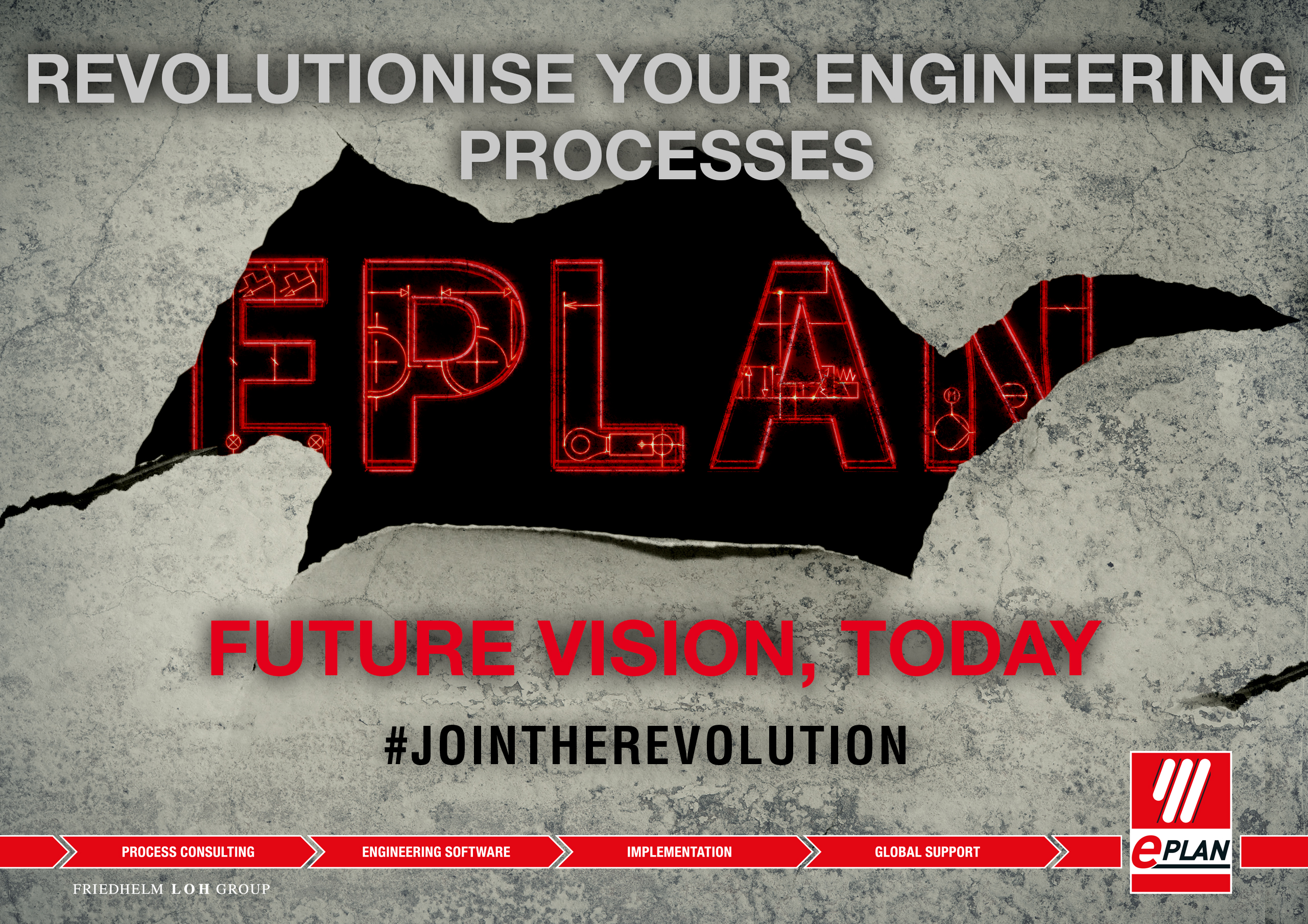Author
 Tony Ward
Tony has been working successfully as a Regional Sales Manager in the UK for the past 16 years. This has involved dealing with companies of all sizes, understanding their situation and business issues in order to offer the right solution to them. Successes of note have been Nissan in the UK and James Fisher Nuclear. Tony has also worked on international accounts such as Coca Cola, being responsible for the sale and roll out of EPLAN across the UK.
ward.t@eplan.co.uk
Tony Ward auf LinkedIn
Tony Ward
Tony has been working successfully as a Regional Sales Manager in the UK for the past 16 years. This has involved dealing with companies of all sizes, understanding their situation and business issues in order to offer the right solution to them. Successes of note have been Nissan in the UK and James Fisher Nuclear. Tony has also worked on international accounts such as Coca Cola, being responsible for the sale and roll out of EPLAN across the UK.
ward.t@eplan.co.uk
Tony Ward auf LinkedIn
Do you need CAE Software? Put in on Red - EPLAN Red that is!
All panel builders, system integrators and other businesses in the electrical engineering sector are striving for greater efficiencies and better ways of doing things, but many are still stuck in the past. The “we’ve always done things this way”, along with “we don’t have a budget for that” unfortunately leaves British engineering companies behind their German or Japanese counterparts.
So what is the solution – one that can be implemented with minimum disruption and that will yield benefits from the first days? One answer that’s been proven to be effective time and time again is to adopt a good CAE system. But how do you justify to the powers that be that such a system is worth the investments – both financial and personal (training, changing processes, etc)? And what should they – and you – expect from a good CAE system for electrical applications?
The answer may well surprise you, because the best of systems is actually a front end for a very comprehensive product database. It must also excel in design functionality, of course, but essential and distinguishing features are easy access to the product database and total integration, so that the system can use the data retrieved efficiently and effectively to speed, simplify and support the design process.
 The EPLAN Data Portal has a comprehensive list of digital device data that you can drag and drop straight into your EPLAN project.
The EPLAN Data Portal has a comprehensive list of digital device data that you can drag and drop straight into your EPLAN project.
If you think about it, the importance of the product database isn’t so strange, as the best project designs can never be better than the information on which they’re based. With steam-aged design, this meant the engineers had to trawl through endless catalogues or visit innumerable websites to find the information they needed and, unless they were lucky enough to find data files compatible with the software they were using, they may even have had to copy the data manually – a task that’s a magnet for mistakes.
With a CAE system that works as a front end to a guaranteed-compatible online database, the situation is very different. The design engineer has to visit only one online location to review and select the components needed for the project in hand and, when they’ve been chosen, all of the data needed to complete the design – and to populate the project documentation – can be imported into the CAE system almost instantly with no more effort than a few mouse clicks. The data is always up to date, and the opportunities for error are eliminated!
You may be thinking, of course, that working this way limits the engineers to choosing only components that are included in the database. That is to a large extent true, but the best databases do make provisions for users to add information about specific components, which is very useful for specialised or custom devices.
But what about cost? Should cost be a decision-making factor when selecting the right CAE software? The short answer is ‘no’, but perhaps the question should be slightly rephrased so as to take in the overall cost-benefits-savings relationship. Although an initial investment is required for licenses, installation and training, the long-term benefits, savings and efficiencies far outweigh the costs.
If you would like to know more about making the right choices when opting for CAE software, why not download our new white paper packed full of useful tips and guidance? It’s free and can be accessed here...



Comments